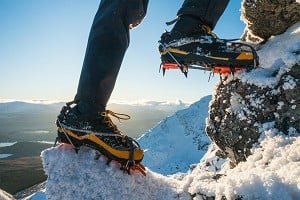
As a highland-based gear reviewer Dan Bailey is not short B2 boots for winter hills and classic mountaineering, so it says something that the Ortles Ascent Mid are his favourite by quite a margin. Why is he so impressed...?
Robust underfoot but comfortable for long days, the Ortles Ascent Mid GTX offer solid B2 performance, and plenty of warmth for wilder weather, making them a great choice for all-round Scottish winter hillwalking and mountaineering. In the UK market Salewa boots may be less readily available than Scarpa's or La Sportiva's, but the Ortles Ascent Mid have a build quality and design up there with the best and if, like me, you find the fit of some boots tight at the toe then they would be well worth trying, since Salewa's lasts tend to seem broader and more forgiving. With winter only a few weeks old this has been a short term test, but so far I'm really pleased with them, and suspect they'll remain my B2 of choice for some seasons to come.
The design seems to owe a lot to Salewa's old MS Vultur EVO, a model we reviewed a few years ago. But while that was a bit of a tank (albeit we had many good days in it), the new boot feels a lot more refined.
What are they for?
Designed for classic alpine mountaineering on both snow and rock, the Ortles Ascent Mid are also spot on for Scottish winter, with enough stiffness, even given the leverage of my boat-like size 47s, for security on typical grade I gullies or grade II ridges. With a ledge at the heel but not at the toe, they'll take a semi step-in crampon. While shorter-footed wearers might get away with some slightly steeper climbing in them, they wouldn't be my choice for any route requiring sustained front pointing. Think all-round winter mountaineering, stuff like Aonach Eagach, or Central Gully on Ben Lui.
My other regular B2 is the Scarpa Manta Tech (similarly priced at £350). Compared to those the Ortles Ascent Mid feel nimbler and slightly more climbing-oriented. They're also lighter, and thanks to their more flexible ankle cuff seem rather less clumpy on walking terrain. While I find them both really comfy, for long days on foot Salewa probably have the edge, and as such this is a great hillwalking boot whether or not you ever intend to do graded winter climbing in it. In short, it's a cracking do-everything boot.
Weight and build quality
There may be a growing move towards fast-and-light crampon-compatible footwear, but if you're seeking a sturdy leather boot built to kick around winter mountains in for many years to come then you're not going to pick one of those racing snakes. With its full leather upper, rigid rand and chunky sole the Ortles Ascent Mid is unashamedly beefy, coming in at 2020g for a pair in size 12 (Salewa say 1700g/pair size 8). That's about 90g lighter than my Mantas; not a decider in itself, but enough to feel the difference after a few hours out. Every little helps, particularly weight on your feet.
As you'd hope at the price these boots also seem beautifully made, with good tough materials and minimal external seams to wear, and I'd expect them to last well. The old Vultur EVOs are still going strong.
Fit and comfort
No boot is worth having unless it fits you personally, so the stock advice most definitely applies - try them on in a shop before buying. The Ortles Ascent Mid comes in both men's and women's (lower volume) versions, fits true to size, and is available in a decent range of sizes (though maxing out at 12.5).
With big, broad, wide-toed feet I find some climbing-oriented mountain boots a too narrow and asymmetric at the front, but the fit around the toe has always tended to be generous and a bit more forgiving in the various Salewa winter boots I've worn over the years. This one is no exception, with quite a rounded toe profile, and what I'd class as medium-to-high volume and width. No pinching for me, and none of the dreaded toe strike that you can suffer in tighter footwear when walking downhill. A bit of wiggle room helps your toes stay toasty, too. Handily, the overall volume can be tweaked with a two-part insole (in other respects the insole is flimsy and unsupportive, but they always are).
Lacing is smooth-running, and locks off towards the front so you can vary the tension between forefoot and midfoot. An arrangement of external steel cables that wrap around from the laces to the heel, Salewa's 3F system works really well to help hold the heel firmly in position - I get no lift at all when front pointing, nor rubbing when walking uphill.
The padded two-layer tongue hugs comfortably over the top of the foot, cushioning your bony bits from any pressure points under the laces. Best of all is the ankle cuff, which offers a really good balance of ankle support on rough ground and protection from rocks, while also providing enough mobility to climb with a bit of deftness. This Flex Collar is that bit more comfy for walking too, compared to a clumpier winter boot. At the top of the collar is a stretchy padded gasket, designed to give a close fit to keep out loose snow and debris. While somewhat misnamed as a 'gaiter' this feature certainly helps (though for minging Scottish days you'll probably want to add an actual gaiter too).
Upper
Its 2.2mm suede upper and even more so the massive, rigid, all-round TPU rand give this boot a very durable feel, and loads of support and protection for the foot. You also get additional lateral support for the ankle courtesy of the thermo-formed reinforcement around the cuff. We'll have to see how the nice orange colour holds up to long-term use in peat bogs - so far I've only been out on hard-frozen days.
With its Gore-Tex Insulated Comfort lining, it's warm for an all-round mountain boot. I've used it on a day when summit temperatures were forecast to be down around -8, plus icy wind. My co-reviewer John was suffering in his lighter-weight Salewa Ortles Light Mid boots:
On the other hand (well, foot) I had very happy, toasty toes. I wouldn't want to stand for hours on a frigid belay, but then that's not in the remit of these boots anyway, which are designed for stop-start mountaineering rather than all-day technical climbing. On the move, I suspect it'd have to get quite a lot colder and wilder before I'd prefer something more solid and better-insulated still (chunkier B3 boots do tend to be warmer).
Sole
A carbon-loaded nylon fibreglass insole (yes I had to Google that too) helps ensure that these are at the stiffer end of the B2 category, offering a similar level of rigidity and support underfoot to the Scarpa Manta Tech, for those familiar with that popular boot. While not fully rigid as per a B3 boot, it's stiff enough for a bit of front pointing, and to give your foot a stable platform when kicking steps into snow. This would also make it good at edging when scrambling crampon-free, aided by a big flat zone at the toe. In this sort of boot you'll cover more ground walking than actually climbing, and the combination of a wee bit of flex and a slight rocker on the sole, plus of course that lovely ankle cuff, ensures you get a nice natural walking feel.
Its robust outsole is ideal for mixed mountain terrain, with deep chunky lugs and a good aggressive heel breast for grip on softer snow. There's a bit of midsole cushioning too, which is always welcome on a long hill approach on stony paths or forest tracks. The heel ledge takes a rear step-in crampon binding, but it does seem slightly oversized compared to some boot designs. It extends further back - so far in fact that I had to buy extra long bars in order to fit my Grivel Air Tech crampons (which had fitted every other size 47 boot I've worn hitherto). It's wide too, and needs a bit of persuasion to squeeze between the metal retaining stubs on the rear section of my crampons. Good practise suggests trying boots in the shop with the crampons you intend to use with them, and this is definitely recommended here.
Summary
A solid and capable B2 suitable for winter hillwalking and classic mountaineering, the Ortles Ascent Mid is a brilliant all-rounder that's nimble on technical ground and comfy on a long walk-in. In the UK context you'll only want to wear this well-insulated boot in winter, when it will do you equally well for snowy Munros, big Scottish ridges and grade I/II winter climbs. As a highland-based gear reviewer I'm not short of boot options, so it says something that these are the ones in the B2 ballpark that I'll be choosing for the rest of this season, and perhaps for many winters to come. Salewa have built a real cracker.



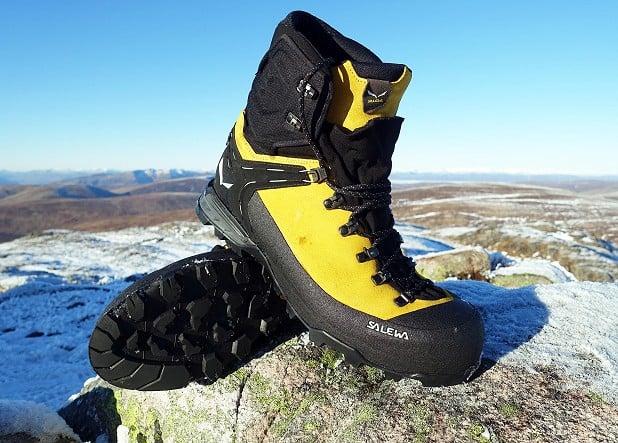
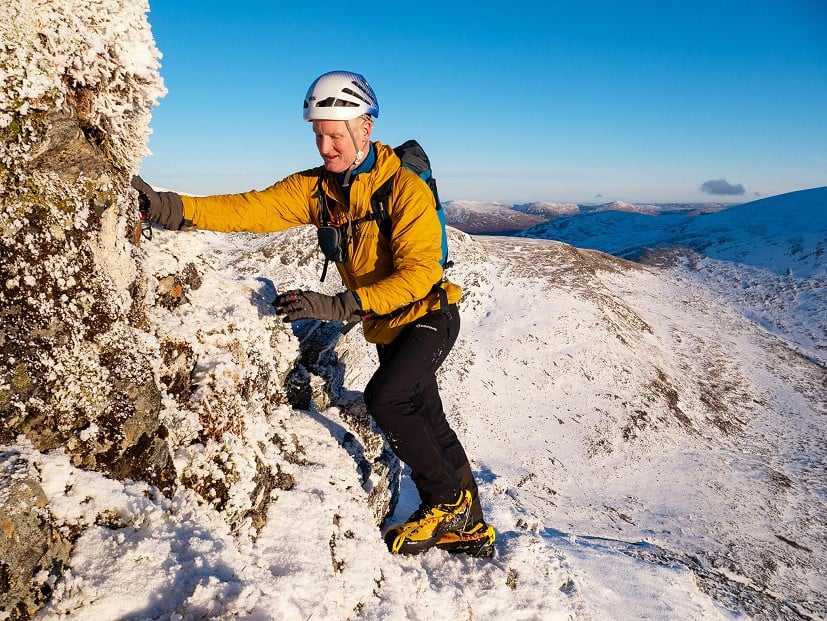

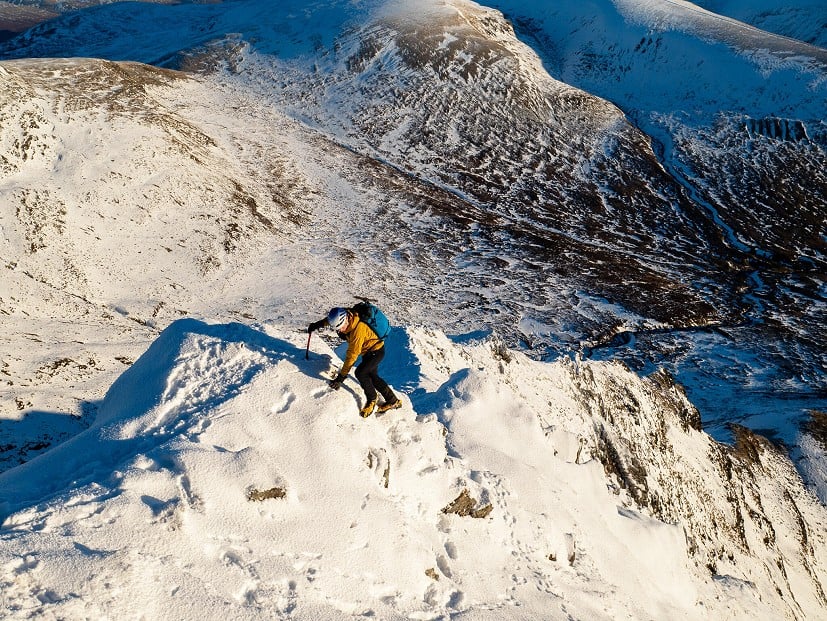
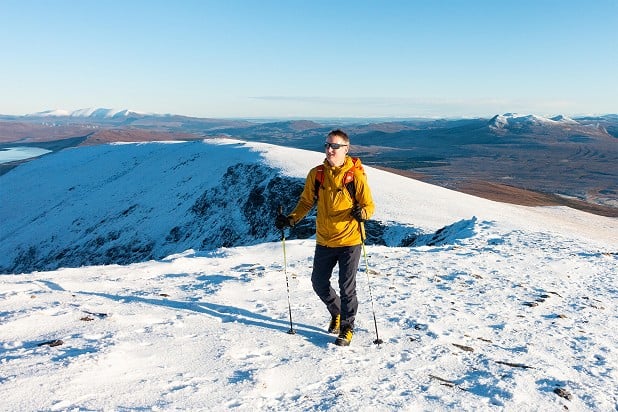

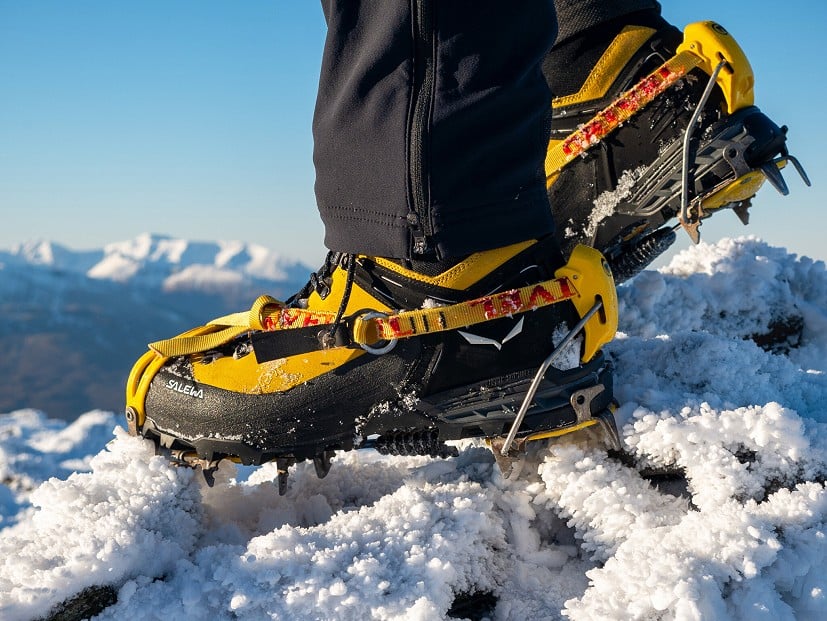
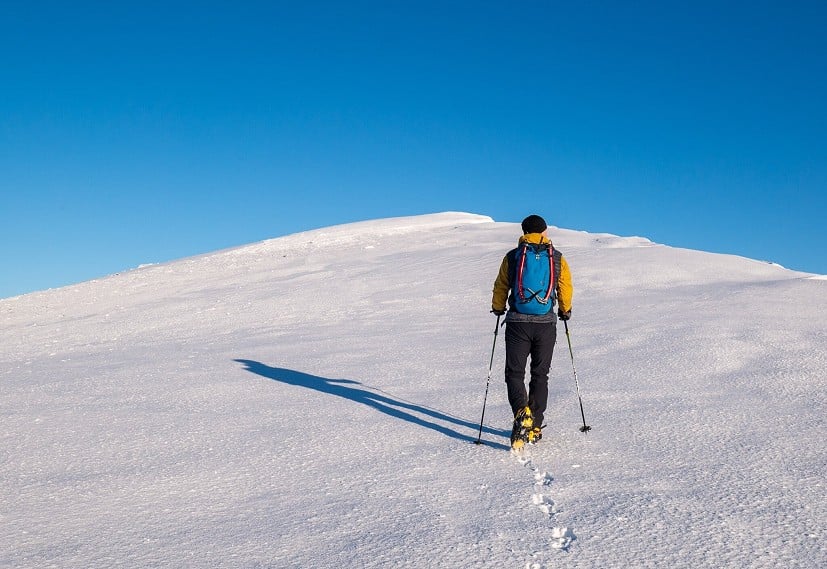
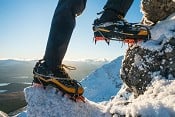
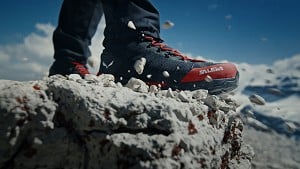

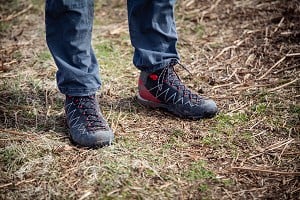

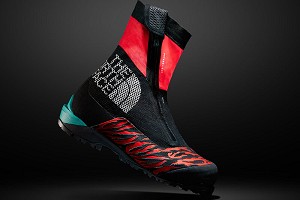
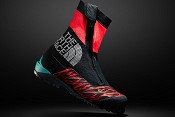
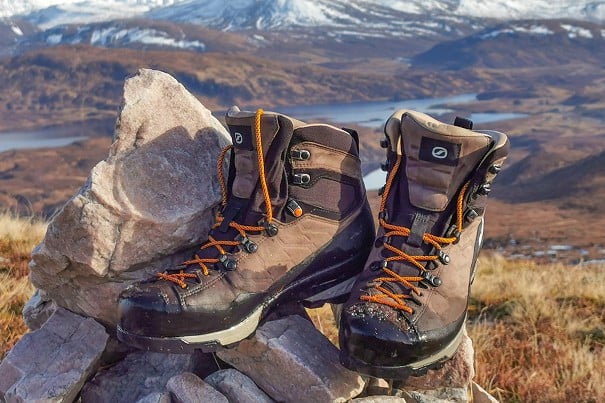
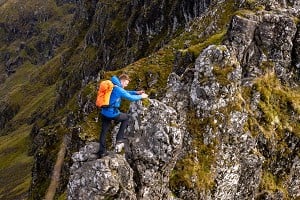

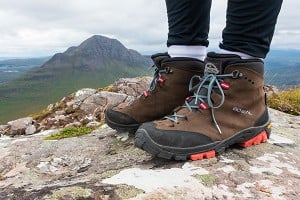
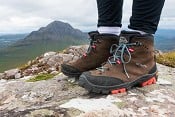
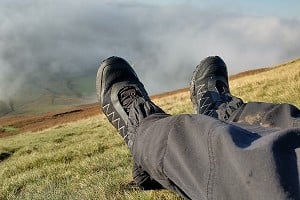
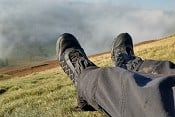
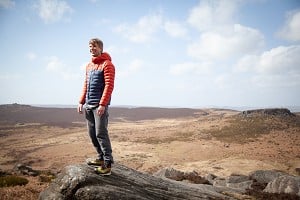



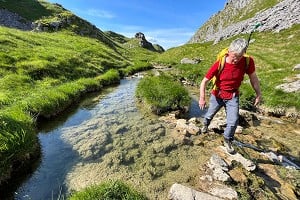
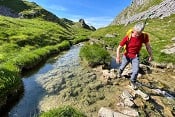
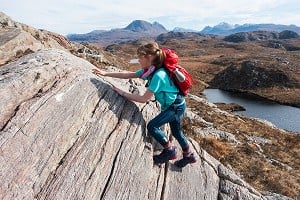

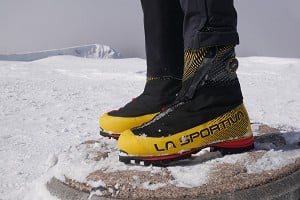
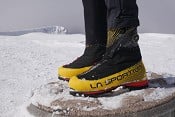
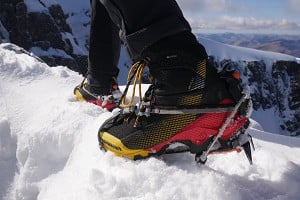
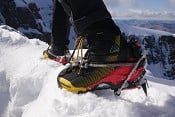
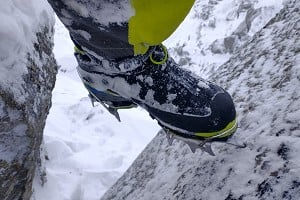
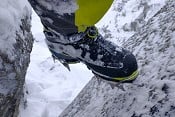
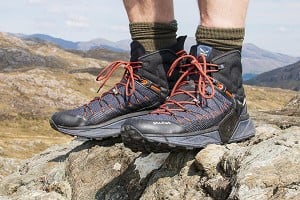
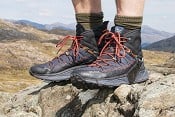
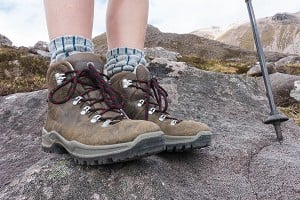
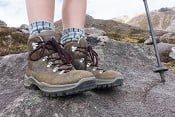

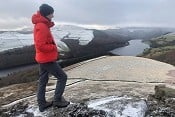

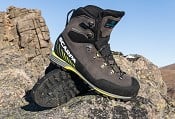
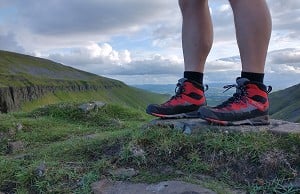
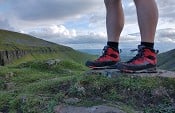
Comments
Good afternoon. I would like to ask you what comparison (or differences) these Salewa boots would have with the La Sportiva Trango Towers Extreme. My question is about (1) the sole rigidity, (2) comfort of making long approaches, and about (3) the impermeability of walking in deep snow during long distances. Thanks!
I'm afraid I can't give you a personal comparison since I've not worn or reviewed the Trango Tower Extreme (I find that range very narrow). But Toby did review them some years ago, so we can give it a reasonable guess. As B3 boots vs the B2 Salewas they are going to be:
1. More rigid - if not totally rigid
2. Probably a bit less comfy on long walks, though a lot of this will be down to personal fit
3. As in, how waterproof they are? Both fully waterproof, you should not get wet feet as long as the membrane lasts (and you don't flood them in a bog). But the TTE has a synthetic upper while the OAM is suede, so I guess it's conceivable the outer layer of the Salewas could absorb more moisture over a long day in wet snow: but if you keep them well proofed I doubt this would be an issue.
Yep, I've not tried any Salewa boots at all, but the Trango Tower Extreme is very much a climbing boot - I haven't used them much in the last couple of winters because I was reviewing a Dolomite model - but I remember them as being basically rigid, a good platform to front point in, even when using not completely rigid crampons. I used my almost 20 years old original Trango Extremes on Saturday for a bit of ice climbing and they're still basically fully rigid after years of hard use.
And what do you tell me compared to the Scarpa Manta Tech that you mention? Which ones would you stay with? Or which ones would you choose for which situations?
They're a bit lighter and a bit more nimble for climbing than the Manta Tech, so they'd be a marginally better choice on technical ground though really both boots are good for similar low-grade winter mountaineering. They are similarly stiff, supportive and warm. Both are equally good for big winter days covering lots of ground, walking days as well as climbing. Which you'd prefer would probably come down to which fits you best. You'd only find out by trying both boots on in a shop.